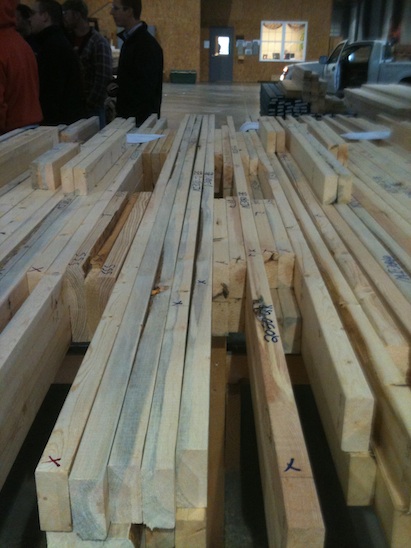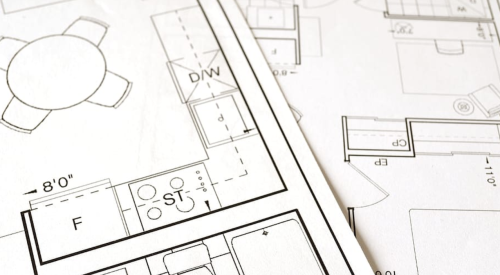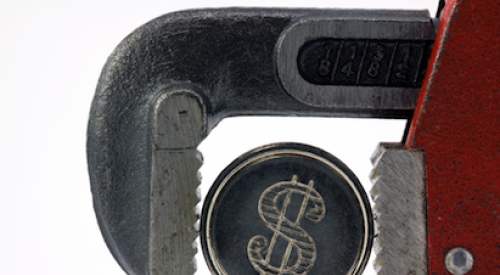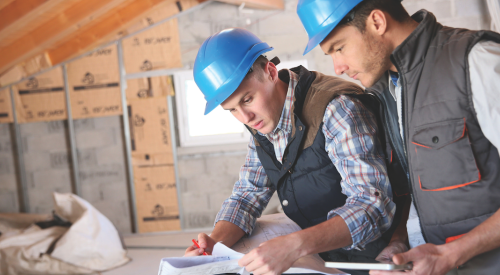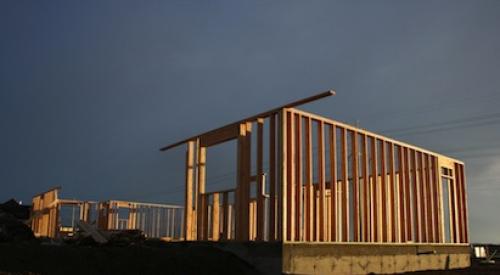Looking at this topic, I am reminded of my days as a security system salesperson. The sales pitch for a door-to-door salesperson is safety and security. If you had our system installed, you were assured that if someone tried to break into your home, the system would notify police and and bring help quickly. Knocking doors in the south, I quickly learned that the NRA sticker in the front window meant two things to me. One, they were unlikely to purchase a security system and so, in most cases, not worth my time. Two, they had accomplished the same thing as my security system, but in a very different manner.
Framing systems, for the most part, are very similar if done correctly. So, let’s start with the costs. In today’s building environment, the upfront cost of a panelized home is more expensive than the cost to stick build. Lumber costs are low, which means the efficiencies gained through manufacturing, on the surface, are typically lower. When a total cost approach is taken, however, you find the difference shrinks with add-ons, stolen lumber and misused material on the site. Then, factor in the usual waste factor and the cost to haul that trash away, and the difference is almost nothing.
As far as the structure itself, there is really no structural difference between the two systems. If anything, panels are a little better because they are built in a controlled environment where human error plays a much smaller role in the final outcome than onsite construction. Materials, in most cases, are identical so that is not a factor.
The green difference really comes in on how the building process is managed. In what I refer to as conventional stick built home (one where lumber is dropped onsite and you tell the framer good luck), your costs will not only end up higher than a panelized home, but you will use up to 35% more material than what is seen with other methods. This additional usage is tied to not just waste that is hauled away, but over built walls, headers, beams, and other components of the home. To be green, you need to choose panels or detailed stick built. A panelized system manages materials for you as each wall is engineered and all scraps are reused or recycled in the manufacturing plant. A detailed stick built home takes matters into your own hands by developing detailed framing plan that, when coupled with the estimates, shows the framer where each stick delivered to the site is to be installed.
Like I found with home security, you really have only two options that work. You either ask someone else to be the expert for your operations and panelize, or you do the work yourself and closely monitoring material usage, waste and opportunities for improvement.
